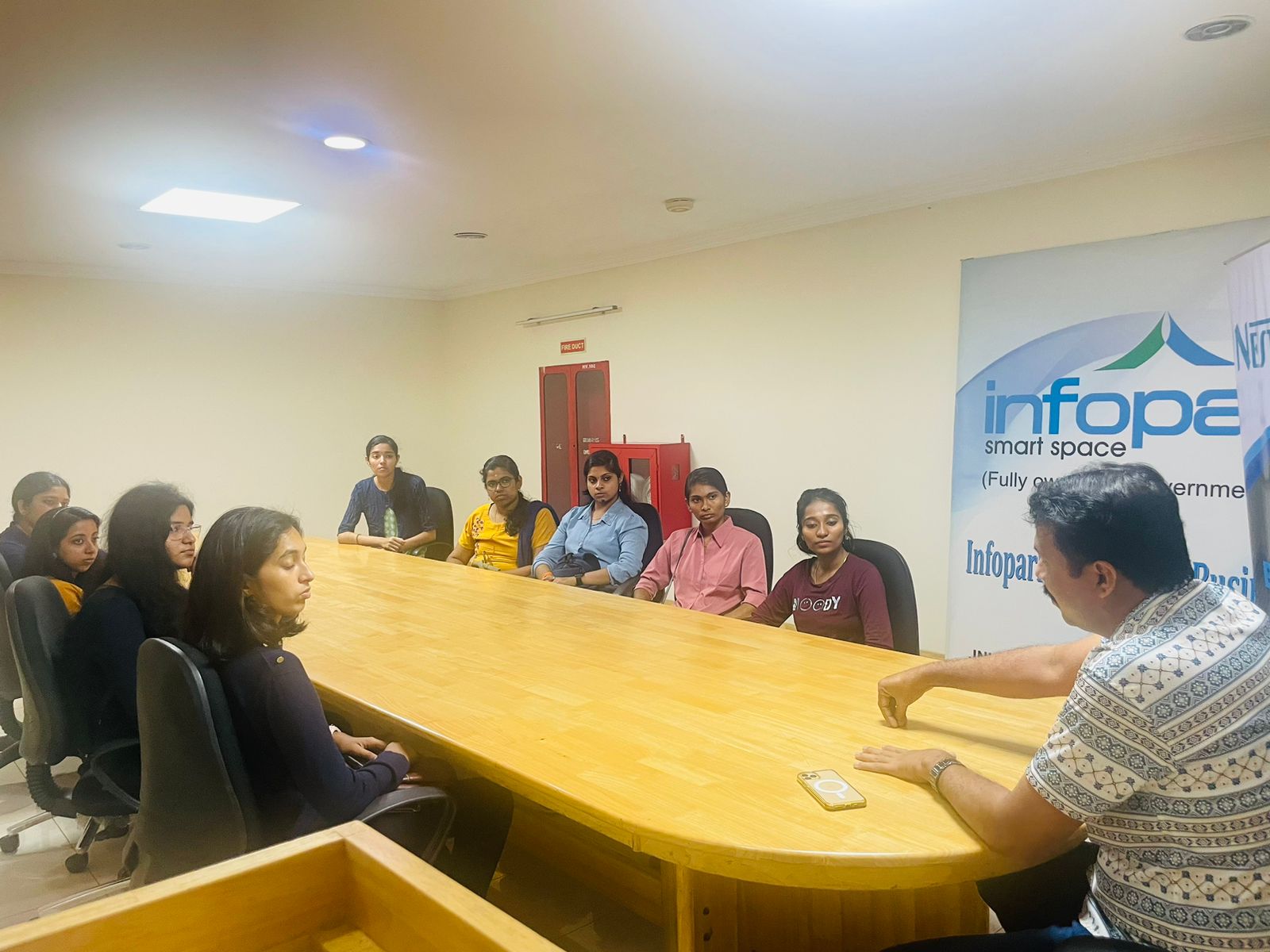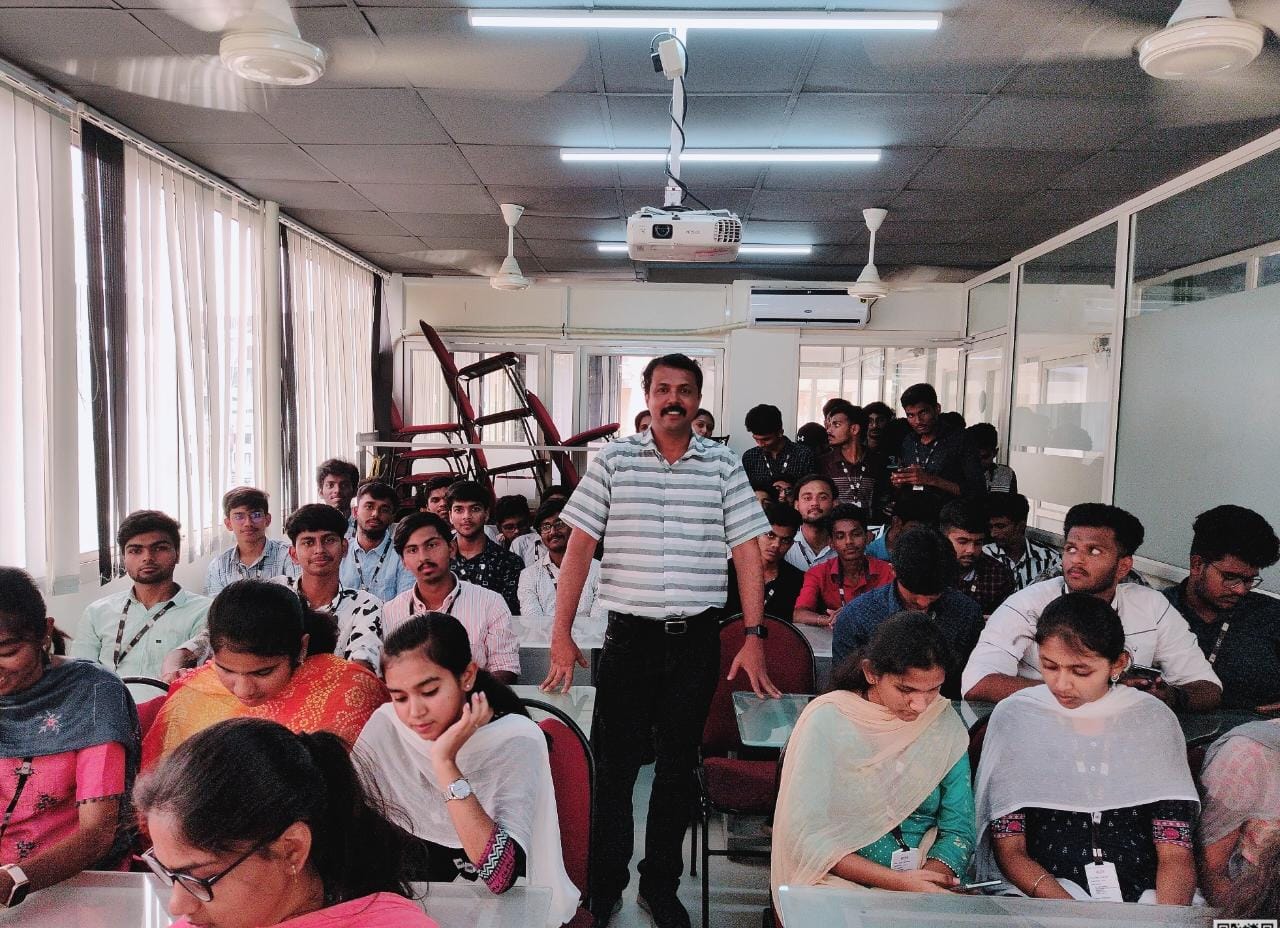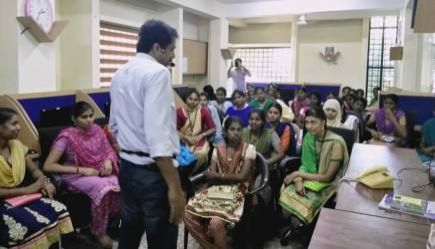Flutter Training by Experts
Our Training Process

Flutter - Syllabus, Fees & Duration
Module 1: Introduction
- Introduction to Flutter
Module 2: Introduction To Dart
- Reason why Dart holds the fort strong.
- Installing Visual Studio Code and the Dart Plugin.
- Installing Dart SDK.
- Writing the first Dart Program.
Module 3: Setting Up Flutter
- Downloading/Cloning the Flutter SDK.
- Installing Flutter Plugin within VS Code.
- Understanding the structure of a Flutter Project.
- Building a simple app from scratch.
Module 4: Introducing Widget
- Widgets and their role in a Flutter app.
- The MaterialApp and Scaffold widget.
- AppBar.
- FloatingActionButton.
- More widgets - Text, Center and Padding.
- Recreating the Default Flutter App (UI Only)
Module 5: Common Widget In Flutter
- Containers and their role.
- Importing images from a network.
- Importing images as assets.
- Adding icons to widgets.
- Understanding Row and Column.
- ListView and ListTile.
- Building views using ListView.builder.
- Inkwell and its importance.
Module 6: Stateless And Stateful Widgets- The Concept
- Stateless vs. Stateful widgets.
- Defining a State
- The setState() method.
- Returning to the Default Flutter App.
Module 7: Navigating Through Navigation
- Navigator and routes.
- Applying push() using MaterialPageRoute.
- Applying pop().
- Declaring parameter-less routes (push Named()) in Materia Lapp widget.
Module 8: Handling User Input
- Using Text Field.
- Handling changes to a Text Field.
- Pass retrieved values using Navigator.
Module 9: User Interface
- Applying Theme Data.
- The Basic Screen Layout.
- Applying Custom Font.
Module 10: Asynchronous Functions
- function.
- async and await
Module 11: Working With Remote Data
- The http package.
- Model Class and JSON parsing.
- Displaying Remote Data. (NEWS API).
Module 12: Local storage
- Shared Preferences.
Module 13: Using 3rd Party Packages
- The url_launcher package.
- Adding onTap() to NEWS API.
Module 14: Other Useful Widgets
- Grid View.
- The Hero Animation
- Stack
- Alert Dialog with buttons.
This syllabus is not final and can be customized as per needs/updates





 Everything is acceptable as long as the flutter code passes Google's quality requirements, even if it isn't considered official. You'll be able to enjoy stunning widgets that are easily available now that you have your hot engine with high-performance rendering. This type of layered design allows for faster UI rendering, resulting in a large number of customizable and stunning designs. Learn from our on-site Expert Professionals. The ability to provide developers with a tool for creating a unified user experience is its most important feature. even if you've never programmed before. Flutter is based on the Dart programming language, which is both productive and easy to learn. Some e-commerce service companies employ Flutter to provide their mobile and web apps with a consistent design in today's technology-driven society. Nestsoft offers the best Google Flutter training as well as mobile app development courses.
Google designed it using a tiered architecture to produce a UI that is both expressive and adaptable.
Everything is acceptable as long as the flutter code passes Google's quality requirements, even if it isn't considered official. You'll be able to enjoy stunning widgets that are easily available now that you have your hot engine with high-performance rendering. This type of layered design allows for faster UI rendering, resulting in a large number of customizable and stunning designs. Learn from our on-site Expert Professionals. The ability to provide developers with a tool for creating a unified user experience is its most important feature. even if you've never programmed before. Flutter is based on the Dart programming language, which is both productive and easy to learn. Some e-commerce service companies employ Flutter to provide their mobile and web apps with a consistent design in today's technology-driven society. Nestsoft offers the best Google Flutter training as well as mobile app development courses.
Google designed it using a tiered architecture to produce a UI that is both expressive and adaptable.



















































































